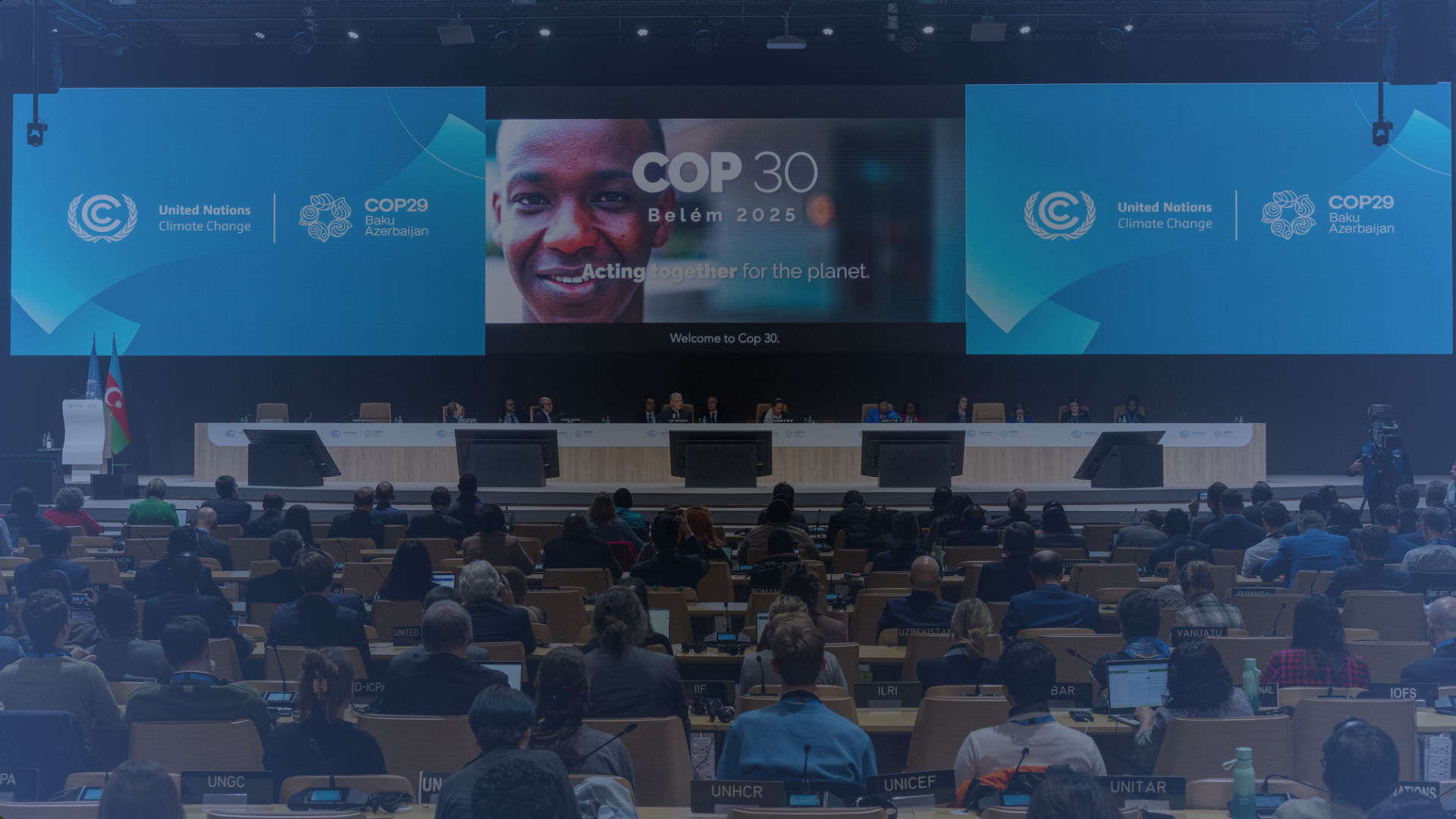COP29 concluded in Baku with a hard-fought US$300 billion annual climate finance package to be provided by 2035. What does this mean for the next phase of global climate action?
The shortfall underscores the urgent need for a bolder, more ambitious actionable financial framework, argues Mattia Romani. It also starkly sets out the huge responsibilities that public and private sectors must now bear, and the urgent role that policy must play before COP30.
COP29 concluded in Baku with a hard-fought US$300 billion annual climate finance package to be provided by 2035. While the package signifies a step in the right direction, we know that this figure is simply not enough. The agreed figure falls significantly short of what is needed to unlock the US$1.3 trillion annual investment, by 2035 – a figure identified by Independent High-Level Expert Group (IHLEG) as necessary to effectively tackle the burgeoning climate crisis and the scale of climate action within emerging markets and developing economies (EMDCs).
The US$1.3 trillion is benchmarked against the investment needs of EMDCs in alignment with the Paris Agreement goals, representing a fourfold increase on current climate finance flows to these regions. It also reflects the magnitude of the investment opportunity for transition in EMDCs. For example, Africa, home to 60% of the world’s best solar resources, received only 2% of global climate finance in 2023 – highlighting both a glaring need to close the climate finance gap and the missed opportunity for scaling transformative investment in renewable energy and the broader transition.
So, what does this mean for the next phase of global climate action? The shortfall underscores the urgent need for a bolder and more ambitious actionable financial framework. It also starkly sets out the huge responsibilities that public and private sectors must now bear, and the urgent role policy must play in the lead up to COP30 in Belém, Brazil.
Unlocking the US$1.3 trillion annual target requires alignment of public and private sector action. The public sector must establish the foundational infrastructure and risk-sharing mechanisms necessary to de-risk investment in the region, boost investor confidence and usher in greater private capital to EMDCs. Public finance, particularly through multilateral development banks (MDBs), bilateral concessional financing and new alternative sources such as carbon markets, will be vital for nature-based assets, and for resilience and adaptation. Notably, adaptation and resilience which are crucial for EMDCs disproportionately affected by climate impacts, are needs that the newly agreed US$300 billion figure fails to adequately address.
The private sector also has a critical role to play. Much of the investments—especially in renewable energy, sustainable agriculture, and green infrastructure—are commercially viable and represent lucrative opportunities for financial institutions. As such, at least US$1 trillion annually must come from private domestic and international sources.
Ultimately, the cornerstone for progress is a robust, holistic and predictable policy & regulatory framework. Reaching the recommended US$1.3 trillion annual investment figure will require addressing regulatory barriers that impede financial flows from large capital markets, such as Europe and the US, to EMDCs. But it will also require building strong country-led investment plans and strengthening enabling investment environments in EMDCs, as well as unlocking high-integrity carbon markets at scale.
Arriving at a US$300 billion deal is a milestone, not the finish line. The road to COP30 in Belém presents an opportunity to refine and expand the overall climate finance framework we need to unlock the US$1.3 trillion opportunity. Reaching this climate finance imperative is not only about meeting climate goals, but also a chance to seize the moment to create a more productive, sustainable, and inclusive global economy.


